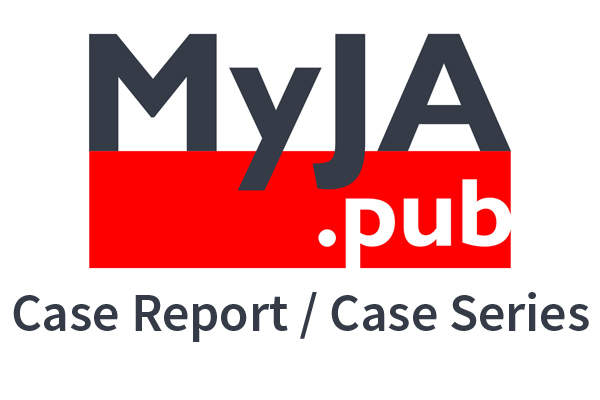Keywords
Abstract
Awake craniotomies (AC) have been mainly used in functional neurosurgery, tumour resection in eloquent regions, and epilepsy surgery. However, evidence of the practice of AC for other indications is scarce. Furthermore, there is limited evidence of AC performed on patients with severe comorbidities, especially those with poor cardiorespiratory reserve. We report a successful case of AC on a patient with bilateral acute on chronic subdural haemorrhage with sick sinus syndrome on a permanent pacemaker with multiple other comorbidities presenting for emergency bilateral burr hole and drainage. We were able to achieve a stable haemodynamic profile perioperatively with no untoward complications. The patient had improved neurological outcome immediately postoperatively that eliminated the need for close monitoring in ICU and allowed earlier hospital discharge.
References
Hervey-Jumper SL, Li J, et al. Awake craniotomy to maximize glioma resection: methods and technical nuances over a 27-year period. J Neurosurg. 2015;123(2):325-339. https://doi.org/10.3171/2014.10.Jns141520
Garavaglia MM, Das S, Cusimano MD, et al. Anesthetic approach to high-risk patients and prolonged awake craniotomy using dexmedetomidine and scalp block. J Neurosurg Anesthesiol. 2014;26(3):226-233. https://doi.org/10.1097/ANA.0b013e3182a58aba
Sargın M, Uluer MS, Cebeci Z, Özmen S. Scalp Block for Burr Holle Evacuation of Subdural Hematoma: A Series of Seven Patients and Review of the Literature. Journal of Clinical and Analytical Medicine. 2016;7(3):317-320. https://doi.org/10.4328/JCAM.2745
D’Antico C, Hofer A, Fassl J, et al. Case Report: Emergency awake craniotomy for cerebral abscess in a patient with unrepaired cyanotic congenital heart disease. F1000Res. 2016;5:2521. https://doi.org/10.12688/f1000research.9722.2
Heifets BD, Crawford E, Jackson E, Brodt J, Jaffe RA, Burbridge MA. Case Report of an Awake Craniotomy in a Patient With Eisenmenger Syndrome. A A Pract. 2018;10(9):219-222. https://doi.org/10.1213/xaa.0000000000000664
Meng L, Weston SD, Chang EF, Gelb AW. Awake craniotomy in a patient with ejection fraction of 10%: considerations of cerebrovascular and cardiovascular physiology. J Clin Anesth. 2015;27(3):256-261. https://doi.org/10.1016/j.jclinane.2015.01.004
Pinosky ML, Fishman RL, Reeves ST, et al. The effect of bupivacaine skull block on the hemodynamic response to craniotomy. Anesth Analg. 1996;83(6):1256-1261. https://doi.org/10.1097/00000539-199612000-00022
Geze S, Yilmaz AA, Tuzuner F. The effect of scalp block and local infiltration on the haemodynamic and stress response to skull-pin placement for craniotomy. Eur J Anaesthesiol. 2009;26(4):298-303. https://doi.org/10.1097/EJA.0b013e32831aedb2
Theerth KA, Sriganesh K, Chakrabarti D, Reddy KRM, Rao GSU. Analgesia nociception index and hemodynamic changes during skull pin application for supratentorial craniotomies in patients receiving scalp block versus pin-site infiltration: A randomized controlled trial. Saudi J Anaesth. 2019;13(4):306-311. https://doi.org/10.4103/sja.SJA_812_18
Lee HS, Song SW, Chun YI, et al. Complications Following Burr Hole Craniostomy and Closed-System Drainage for Subdural Lesions. Korean J Neurotrauma. 2018;14(2):68-75. https://doi.org/10.13004/kjnt.2018.14.2.68






